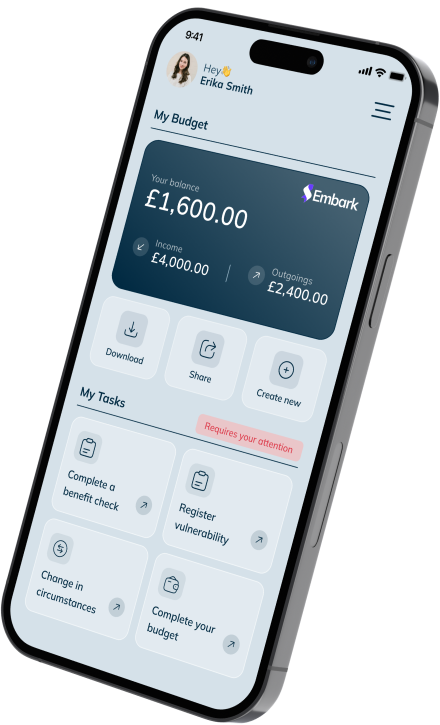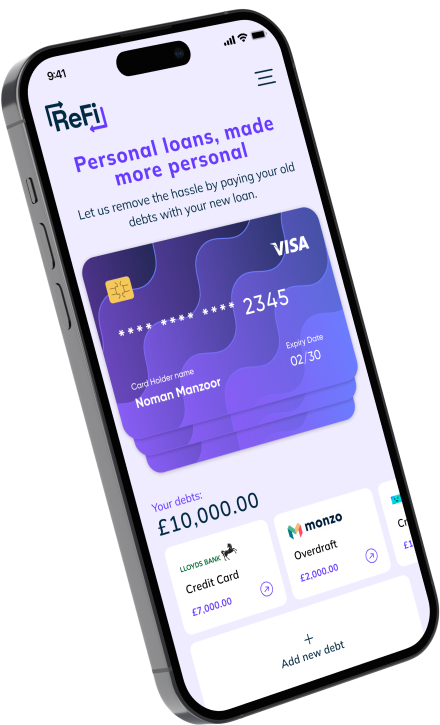In today’s fast-paced world, where visual aesthetics and instant gratification often take centre stage, it is crucial for designers to remember the fundamental importance of research and data in the design process.
Design that is not informed by data runs the risk of being arbitrary, ineffective, and disconnected from its intended audience. In this blog post, the latest of our monthly industry insight series, we will explore the vital role that research plays in design and how data-driven decision-making can lead to more impactful and successful designs.
Understanding the Audience
Designers aim to create solutions that resonate with their target audience. However, without proper research and analysis, it becomes challenging to gain a deep understanding of the audience’s needs, preferences, and behaviours. Through research, designers can gather valuable insights about their audience, including demographic information, psychographic profiles, and user feedback. These insights serve as a foundation for creating designs that are tailored to the specific needs and expectations of the intended users.
Validating Assumptions
Designers often start with assumptions about the problem they are trying to solve and the best way to solve it. However, assumptions are merely educated guesses until they are tested against real-world data. By conducting thorough research, designers can validate or challenge their assumptions, leading to more accurate and informed design decisions. Data helps designers avoid falling into the trap of designing based solely on personal preferences or industry trends, allowing them to create solutions that are grounded in evidence.
Optimising User Experience
User experience (UX) design is a vital aspect of any design project, as it directly impacts how users interact with a product. Designing a seamless and intuitive user experience requires a deep understanding of user behaviour, pain points and motivations. Research methods such as user testing, interviews, and usability studies provide invaluable data that guides designers in crafting experiences that meet user expectations and deliver desired outcomes. By leveraging data, designers can identify areas for improvement, refine their designs and ultimately create more user-friendly experiences.
Identifying Design Opportunities
Research and data analysis can uncover valuable insights and trends that designers might otherwise overlook. By examining market research, industry reports, and user feedback, designers can identify emerging needs and design opportunities. This information empowers designers to stay ahead of the curve and create innovative solutions that address unmet needs, delight users, and differentiate their work from competitors.
Measuring Design Success
Design is an iterative process, and without a means to measure its effectiveness, it becomes challenging to make improvements. Data provides designers with a means to evaluate the impact and success of their designs. Metrics such as conversion rates, engagement levels, and user feedback can be tracked and analysed to determine whether the design is achieving its intended goals. By continuously monitoring and analysing data, designers can make informed adjustments and enhancements to their designs, ensuring ongoing success.
Conclusion
In a world inundated with design choices, the importance of research and data in the design process cannot be overstated. Designers who embrace a data-driven approach are better equipped to create solutions that resonate with their target audience, optimise user experiences, identify new opportunities, and measure success. By combining their creative instincts with a deep understanding of data, designers can unlock the potential to make a meaningful impact and drive results. So, let research be the compass that guides your design journey, and let data be the fuel that propels your designs to new heights.








